How to wash whitewash after repair from the floor, walls and ceiling
Often after the completion of major or cosmetic repairs, all surfaces of the room remain covered with whitewash spots or a layer of lime dust, even if protective polyethylene covers and newspapers were used. It just seems that washing off the whitewash is easy.
Despite the fact that the composition is represented by the smallest specks of dust, which should be washed without problems with water, in practice washing white formations and stains is quite problematic. Nevertheless, there are several proven practice methods by which you can quickly and easily restore the cleanliness of the floor, walls and other surfaces.
Means with which you can eliminate traces of whitewashing from different surfaces
To wash traces of whitewash and prevent the appearance of cloudy stains on various surfaces, after the repair is completed, the following manipulations can be carried out:
- The use of vegetable oil. In a bucket or basin, mix warm water and vegetable oil (per 1 liter of liquid half a glass of product). With the resulting composition, we wipe the floor, you can also process the surface of the walls. Then we change the water and this time in the same proportions we mix cool water and vinegar. We wash the surfaces with this product, after which we wipe them with clean water and leave to dry with good access to fresh air.
- Use of table salt. To wash off the whitewash, which is not just dust or stains, but a dense layer, you must first thoroughly wash the surface of the walls and floor with a composition made of warm water and a dishwashing detergent (no more than a tablespoon in a basin of water). After that, wipe them with a solution of sodium chloride (half a glass of fine powder in a bucket of liquid). If it was not possible to completely wash the repair marks, then add half a glass of 3% vinegar to the finished salt composition and repeat the manipulation. At the end of the procedure, the floor and wall surfaces must be wiped with clean water and dried.
- Manganese solution. It is also able to quickly eliminate persistent pollution, however, it is better not to use this tool for processing a varnished surface, there may remain stains. We dilute potassium permanganate with a little warm water to get a bright pink solution, which we wipe the surfaces that suffered during the repair process. Rinse off nothing!
- Kerosene against stubborn stains. Pour a few tablespoons of kerosene into a bucket of water (in case of severe contamination, the volume of the active component can be brought up to half a glass), stir the problem areas as well. Use of clean water after this is mandatory.
Tip: If as a result of using any strongly smelling product (for example, kerosene or gasoline) a persistent unpleasant odor persists in the room, then the treated surfaces of the floor and walls should be wiped with a very weak solution of vinegar. Then let them just dry by opening the windows.
- Universal cleaners. A good result is provided by such finished products as Domestos. We dilute it in a proportion of two tablespoons per 5 liters of water and use it for wiping contaminated sites. Wipe a clean surface several times with clean water.
- Detergents for the floor. In cases where the contamination remaining from the repair is insignificant, you can try to wash them with the most simple tools for processing floors (Mr. Muscle or Mr. Proper). An additional advantage of this approach is the atmosphere of freshness and a pleasant smell as a result of cleaning.
In addition to all of the above, there are specialized tools that are designed specifically to remove traces of whitewashing from walls and floors.The main thing is to use them strictly according to the instructions, without violating the recommended dosages and adhering to the sequence of actions.
How to wash off the old whitewash before starting work?
Usually, at the very beginning of the repair, it becomes necessary to remove the old whitewash from the ceiling or walls. To carry out such a procedure, it is not necessary to call the masters, you can try to cope on your own. The whole process consists of several stages:
- Before removing whitewash, it is necessary to free the room from furniture or at least cover it with protective plastic covers. In this case, then you don’t have to think about how to wash objects and surfaces from dirt.
- There are many ways to remove an unnecessary layer. The most common is the use of a sprayer. Using a special or home-made spray gun, it is necessary to distribute water on the ceiling so that it does not drip, but penetrates the texture of the material, making it loose. We wait 10 minutes and repeat the manipulation. Next, take a spatula and carefully remove the layer of lime from the ceiling. We work quickly until the raw materials are dry again.
- There is another effective option for removing whitewash from the ceiling. For its implementation, we need a newspaper that needs to be greased with a thin layer of inexpensive glue, and glued to the ceiling, leaving the ends of the sheet free. As soon as the structure dries to the ceiling, carefully remove it with whitewash. Thus, we process the entire ceiling, preparing it for repairs.
After the cleaning, you need to wash the ceiling from the remnants of chalk with a dense sponge. After the surface dries, you can proceed to its further processing.
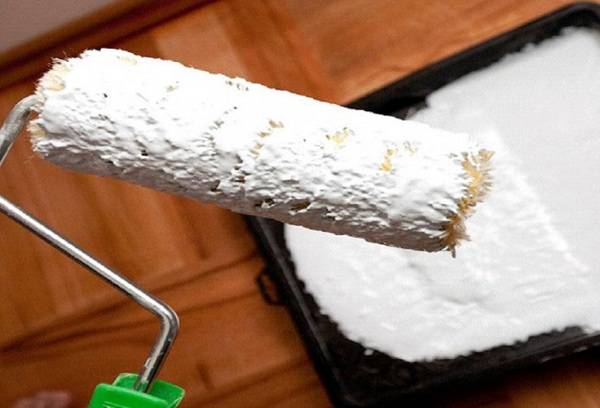
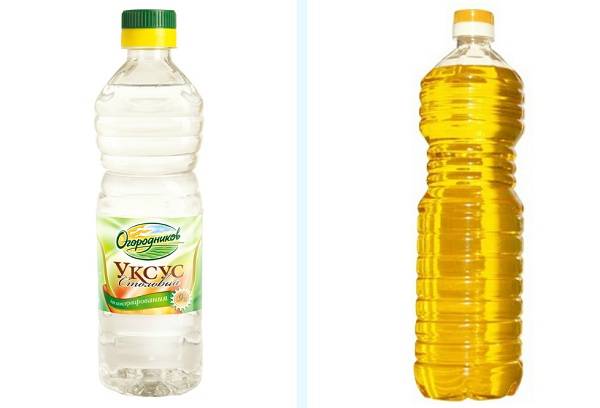
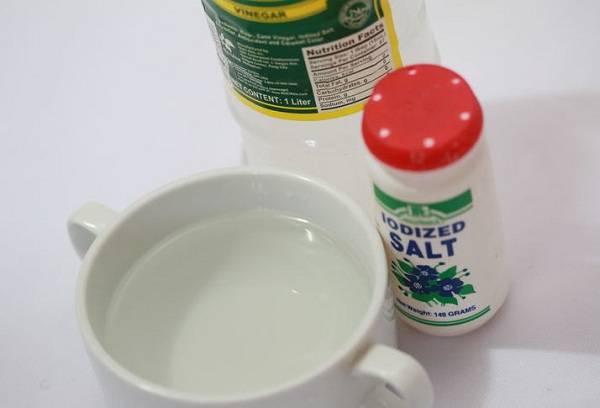
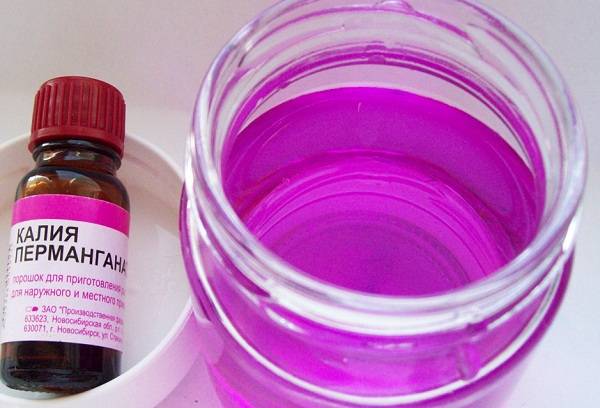

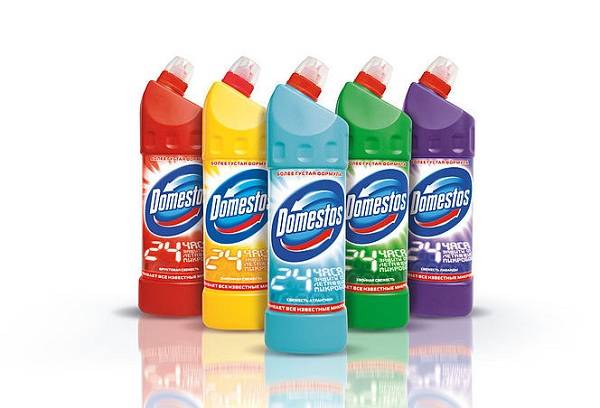
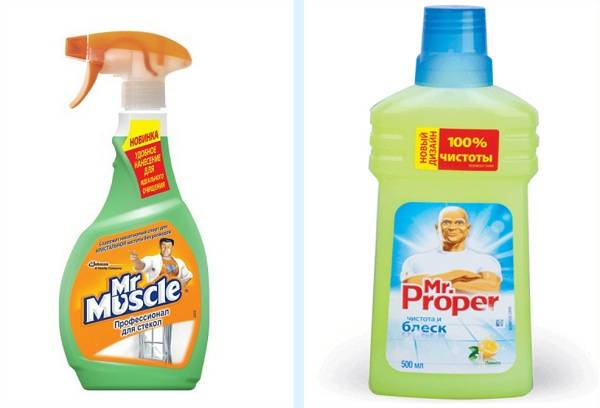
Olya, everyone should follow you, smart girl!